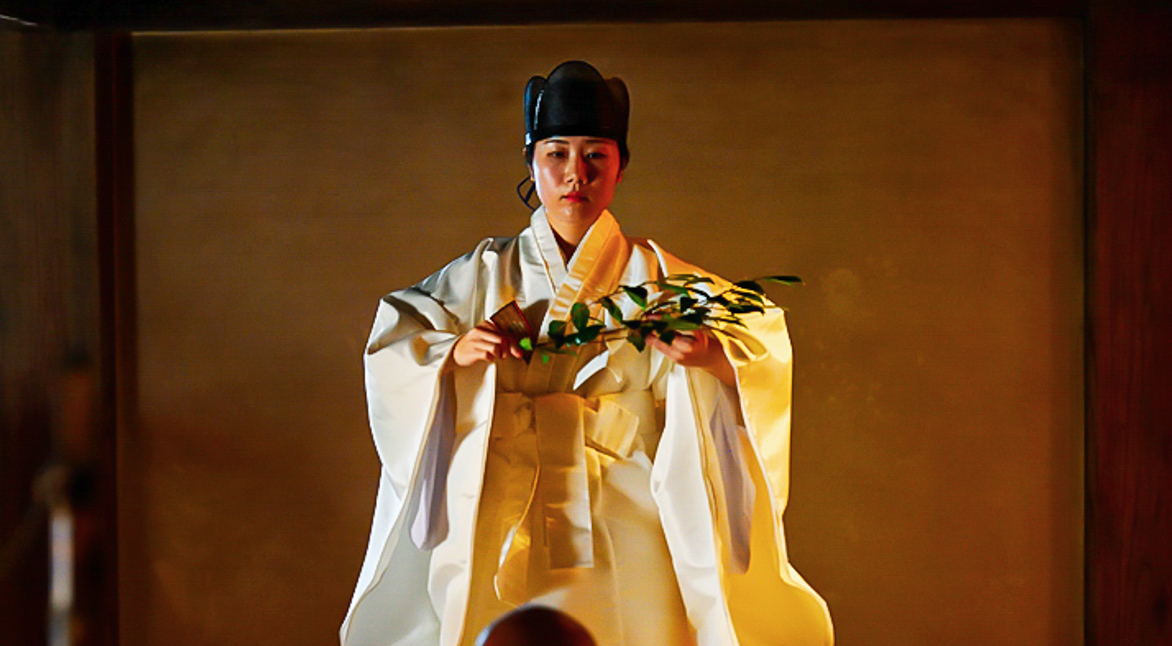8 Tips and Scripts for Trauma-Informed Mindfulness Teaching
Follow these guidelines to help you and your students feel empowered and safe when you teach mindfulness. The post 8 Tips and Scripts for Trauma-Informed Mindfulness Teaching appeared first on Mindful.

As we become more trauma aware in our society, whether it’s in the wake of the pandemic, a growing awareness of racial, gender, or identity based trauma, a deeper understanding of the nervous system, or an awareness of adverse childhood events, many practitioners and facilitators of mindfulness have grown more nervous about teaching, fearful that they may trigger students. As a therapist and mindfulness teacher, I’ve been studying the science of mindfulness, and the practice of it, with clients and students, and want to offer some guidance and even scripts for when words may fail us in challenging moments. While these ideas are just a starting point, I hope these tips and scripts can help you and your students feel more empowered and safe in your practice.
8 Tips and Scripts for Trauma-Informed Mindfulness Teaching
1. Pre-orient Beforehand:
Post-Traumatic Stress Disorder (PTSD) symptoms can arise from scenarios that are unpredictable. When we make our lessons as predictable as possible, this helps students feel safe because they know what’s coming next.
Try: “I’ll invite you to join me in this activity. We’re going to focus on breathing in for seven and out to 11 for the next two minutes, and notice how we feel afterwards. If you want to share about your experience with the group, you can draw, write, or say a few words if that’s comfortable. You can also check in with me on your own about it later.”
2. Re-orient Afterwards:
For those who are dissociative or sleepy, gentle re-orientation reminders and sensory grounding for the whole group can help them ease out of the practice and does not spotlight more vulnerable students.
Try: “Okay now let’s flutter our eyes open, wiggle our fingers and toes, and notice our surroundings, like the colors in the room on this beautiful summer afternoon.”
3. Keep it “In Choice,” Consensual, and Invitational:
PTSD symptoms can arise from situations where there is no choice or consent. We can re-empower students in their learning by offering choices.
Try: “I invite you to practice along with us, but if you want to doodle or write, even make a grocery list in your head, or another quiet activity while the rest of us practice, that’s okay too. I just ask that you not disrupt others.”
4. Be Authentic:
Folks who have experienced violations of trust often have sensitive bullshit detectors as a coping mechanism. When you can be yourself with no hidden agenda, you show them it’s safe to be themselves, too.
Try: “I’ll invite you to try this practice briefly and we will see what, if anything, happens. There’s nothing thats supposed to happen one way or another, we are just getting curious.”
Being authentic and honest also means not taking credit for practices that you haven’t developed yourself, but letting folks know the people, culture, or context that developed or contributed to the practices you’re sharing.
Try: “Here’s a practice from a Vietnamese Zen tradition that I learned from my friend Leslie.”
Depending on your audience, you might want to disclose some of your experience in the interest of authenticity and normalizing challenges. I often share in groups that when I began practicing, I would find myself close to tears, other times falling asleep. You too might choose to share some of your own experiences if appropriate.
5. Normalize Everything:
Those who have been shamed often feel they are “doing it wrong,” are broken, or are different in some way when their experience is not all rainbows and unicorns.
Try: “There’s no right way to do this, and there’s no response you’re supposed to have. Everyone’s experience will be a little bit different.”
6. Start with External Anchors:
Flexible anchors, external anchors, sensory anchors, and movement may be more grounding and helpful to start. Internally-focused or body-based practices like body scans, particularly for those who have experienced traumas with their bodies, such as abuse, assault, or illness, can be more challenging.
Try: “Our thoughts often race to the past or future, but tuning into our senses keeps us in the present. Let’s count the colors around us, notice the shapes and spaces between them, tune into sounds, or whichever of your senses grounds you back in the present.”
7. Universal Design Benefits Everyone:
Remember, by modeling care, consent, and creative flexibility, trauma-aware teaching actually benefits everyone by meeting them where they are, not just those struggling with trauma or other challenges.
Try: “I encourage you to try this practice, and if you want to challenge yourself in other ways, you might do this variation, but please do not feel any pressure to do so.” Try not to call attention to individual students who might be more sensitive or feel stigma. Instead, offer adaptations to everyone in the group.
8. “Trust Yourself. You Know More Than You Think You Do.”
Benjamin Spock was right. And if you’re reading this article, you’re already trauma-aware and trying to educate yourself. That compassionate and curious mindset ultimately is what counts the most, more than any technique. The most important tool you have in trauma-informed work is a well-regulated you. The best way to create dysregulated students is to be a dysregulated facilitator. Likewise, the best way to create mindful, compassionate students, is to surround them with mindful, compassionate, flexible teachers who face challenges like everyone else and embody the practice.
One other piece of wisdom can be helpful. There’s an expression taught in med schools all over the world: “When you hear hooves, think horses, not zebras.” While it’s undeniably a good thing that we are more trauma aware, overdiagnosis and too many assumptions carries risks as well.
Go slowly and embody mindfulness and compassion yourself, and you’ll be far more likely to help rather than hurt.
I follow a lot of self-help accounts online, many of which have basically turned into variations on exaggerations like: If you farted in the shower, that’s a trauma response; and if you sneezed while you were on the phone, it’s due to unprocessed trauma. The truth is, if it looks like anxiety, it’s probably anxiety, if it looks like ADHD or depression, it’s probably one of those. Being trauma-sensitive or aware does not mean looking for trauma behind every rock, it simply means having humility and being able to say “it looks like ADHD and probably is, but let’s also remember, this behavior could be caused by trauma as well.”
And remember, if you’ve met one person with trauma, you’ve met one person with trauma. These are just guidelines. Stress and trauma affect everyone’s nervous system differently over their lives. What resonates for one person may be triggering for another. Go slowly and embody mindfulness and compassion yourself, and you’ll be far more likely to help rather than hurt.
Republished with permission from Keeping Mindfulness Trauma Informed for Kids and Teens© 2022 Christopher Willard @drchriswillard www.drchristopherwillard.com

 Fransebas
Fransebas 
































